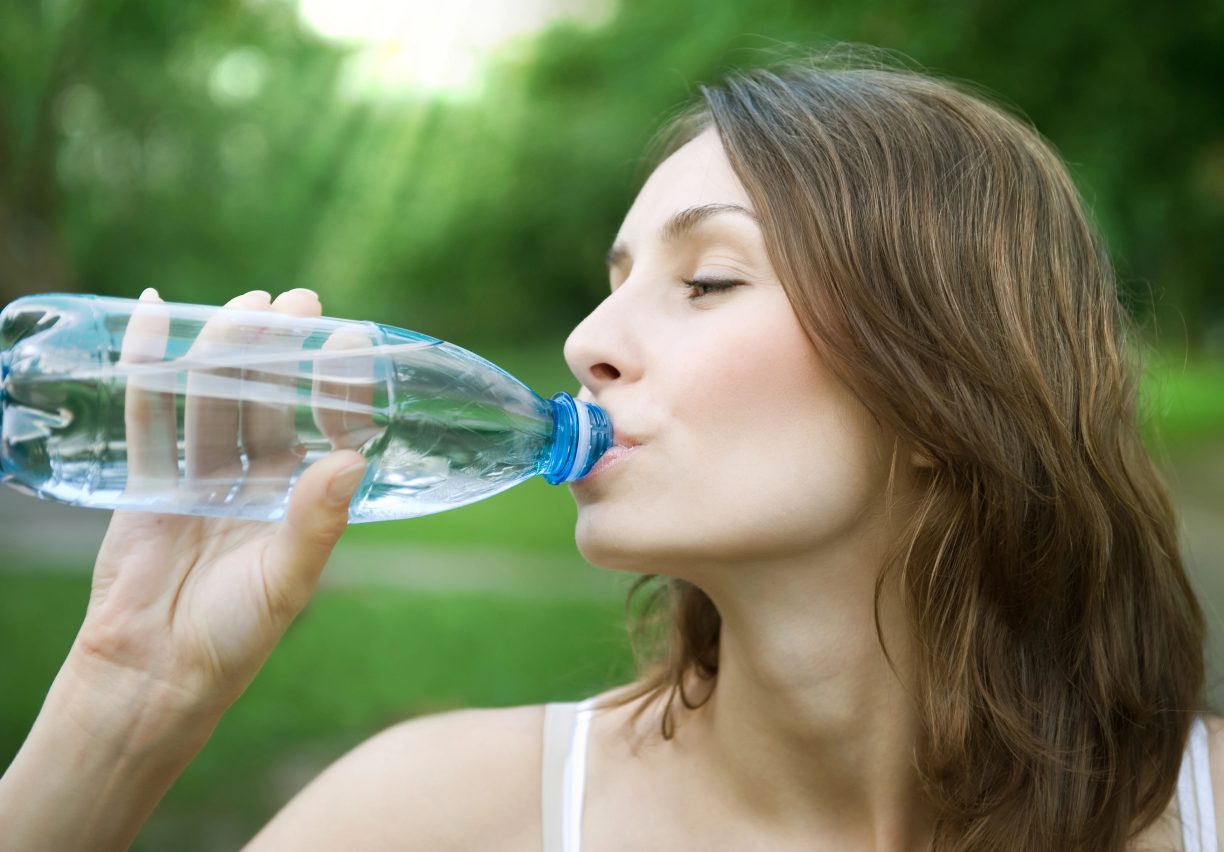The consumption of mineral water is growing steadily; if one analyzes the sales figures of the U.S. market as of 2020, one can see that they are gradually increasing; figures for the year 2023 speak of sales of $342 billion, and estimates through 2027 indicate steady growth; for example, sales in 2027 are expected to be $420 billion.
This trend is not unique to the United States; for example, if we look at data from Italy, the European nation with the highest per capita consumption of mineral water (150 to 240 liters per year), we notice a steady growth in the market.
Given, therefore, the great importance of the mineral water commodity sector, let’s learn more about the latest trends affecting it, such as for example the growth of interest in so-called functional waters to the great focus on packaging sustainability; for example, more than 75 percent of the packaging of the Smeraldina water box, an internationally popular water, comes from plant-based and renewable sources, and the bio-plastic in the cap is made from sugar cane, while the paper used is 100 percent FSC-certified (Forest Stewardship Council, an NGO that promotes responsible management of forests and plantations).
Functional waters
Natural mineral waters that are enriched with vitamins, minerals, peptides, collagen, plant extracts or other substances are defined as functional; depending on the type of substances added, they are defined according to their specific function (e.g., draining waters, vitamin waters, detoxifying waters, etc.).
Already particularly popular in the U.S. and the U.K., they are becoming increasingly trendy in several other countries around the world as well, and estimates speak of significant sales growth in the coming years.
Flavored waters
Flavored waters are also having great success; as one can easily guess from the name, these are mineral waters to which natural or synthetic flavorings are added to give them a certain flavor that serves to make them more appealing to the consumer. They are usually sugar-free waters.
Container and packaging sustainability
The growing attention to environmental sustainability issues, which, as is well known, affects somewhat all sectors, commercial and otherwise, can also be seen in the mineral water market.
Increasingly, sustainable solutions are being sought regarding not only containers, but also the packaging that contains the bottles or water boxes.
With regard to containers there has been lately a rediscovery of glass, a safe, chemically inert material that is characterized by the fact that it is 100 percent recyclable and countless times; with regard to tetrapak water, a lightweight and easily transportable format suitable for many situations in daily life, materials from renewable and plant-based sources are used, as mentioned at the beginning.
There is also more attention to packaging, which is increasingly being made from biodegradable or easily reusable materials and recycled plastics.
Growing utilization of filtration systems
There is an increasing trend toward the employment of water filtration systems applied to home faucets; these are systems that reduce limescale and much of the fixed residue (TDS, Total Dissolved Solids) i.e., the mineral salts and trace elements contained in water. This allows for a significant improvement in the taste of the latter.
The choice of filtration systems to be applied to household faucets also meets sustainability demands as both the need for plastic bottles and carbon dioxide emissions associated with transportation are reduced.
Read more lifestyle articles at ClichéMag.com
Images provided by Deposit Photos, BingAI, Adobe Stock, Unsplash, Pexels, Pixabay & Creative Commons






